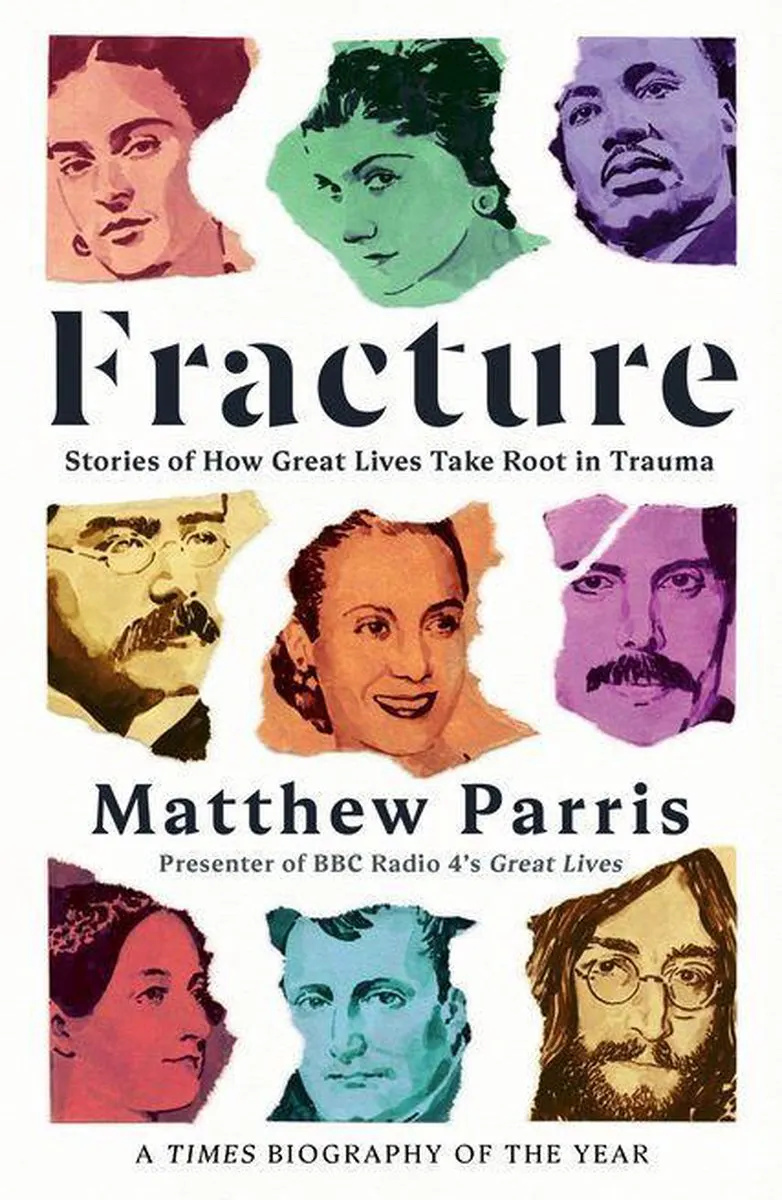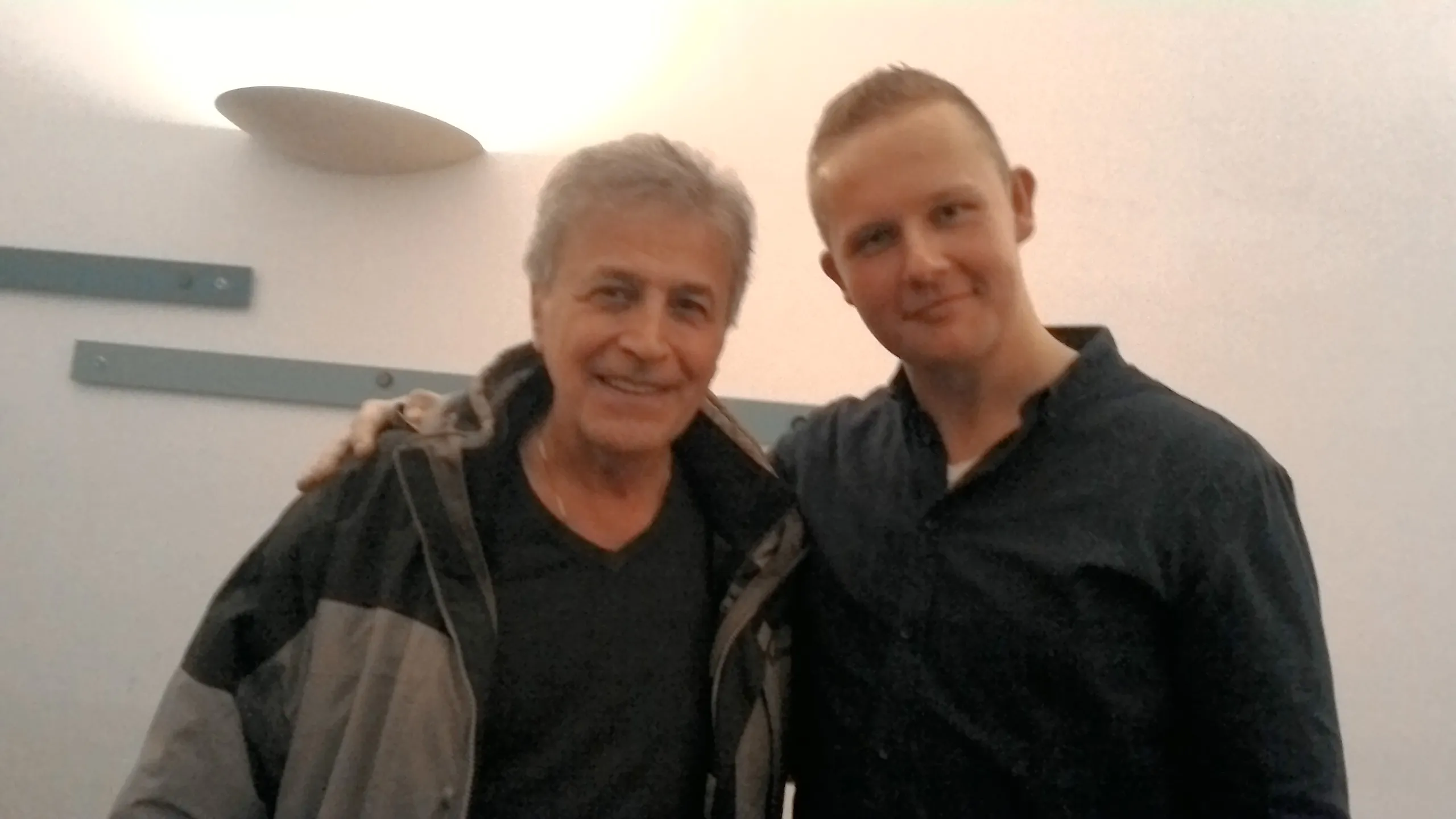Leadership and Trauma: a breeding ground for success?
One of Abraham Lincoln’s chief gifts was his remarkable way with words and his penetrating insight into the human psyche. His personal experience and direct knowledge of great sadness helped the young boy see into himself, and from that, into others.

Martin Luther King. Mary Curie. Carl Jung. Abraham Lincoln. Without exception big names whose legacy lives on to this day. But they have something else in common: they all went through serious trauma in their younger years — enough to break them for life.
Stories of How Great Lives Take Root in Trauma
And that this heavy personal legacy did not break them, but perhaps even strengthened them in their inner development path and the great legacy they left humanity, was reason enough for Great Lives presenter Matthew Parris to write a fascinating book.
In “Fractured” (2019), Parris describes the lives of great names in world history, ranging from Coco Chanel and Charlie Chaplin to Marie Curie and Ludwig Wittgenstein. The wounds that come to light range from the loss of multiple loved ones at a young age, total isolation, cruelty to life-threatening high-impact events. Not only does Fractured outline the events in themselves, as a reader you can also experience how the personal development of the main characters comes about from page to page.

Leadership and trauma
If you think this is a book review, it isn’t. Fractured is an excellent introduction to a field that is still in its infancy, internationally speaking.
And at first glance, that’s no surprise. Trauma belongs in psychiatry, leadership development belongs in the corporate market. However, if we look beyond the contradictions in culture, view of humanity and theoretical-scientific frameworks, there are important reasons to better connect leadership and trauma:
- The greatest leaders and business people are also just people with their own personal legacy that can weigh on their shoulders — personally as well as professionally. Executive coach Kelly Campbell writes for Forbes: “Childhood trauma can follow people into adulthood and, therefore, can show up in various aspects of their individual leadership styles — in the same way it can show up in personal relationships.”
- You don’t have to be a total mess to consider trauma: great personal and business growth, responsibilities and successes can act like a big pressure cooker that triggers everything in us that can stand in the way of inner conflicts and blockages.
- Precisely when you experience a major development of consciousness in your life, the questions of the soul show themselves and apparently old wounds and scars can come to the fore.
- According to great leadership thinkers such as Marshall Goldsmith, Jack Zenger and Joe Folkman, the highest level of leadership development is mainly about skills and qualities that are related to the solidity of our existence. Read: the extent to which we can ‘be’, have confidence and radiate a strong presence — pre-eminently the area where traces of trauma are relevant.
What doesn’t kill you, makes you stronger.
Trauma as a breeding ground for success
We are not there yet with the realization that traces of trauma can be important for your leadership and your entrepreneurship. There is already enough advocacy for the emancipation of softness and vulnerability in business. Masculine and feminine energy are two sides of the same coin, and it is totally unnecessary to just push traces of trauma into the soft and vulnerable corner. Our deepest wounds harbor our greatest life force, and the healing process releases untold spiritual powers that make a world of difference to your life and your leadership. To quote Leonard Cohen: “In the broken places, the light shines through”.
There are a number of important conditions for a successful integration of leadership and trauma traces:
- A repositioning of the concept of trauma for the business target group (most of our corporate clients cannot easily relate to the psychiatric picture at all);
- A total integration of personal and business functioning (which is necessary anyway at a high performance level and for which we developed the Triunification Matrix, based on insights from integral psychology);
- Establishing a direct relationship between traces of trauma and business KPIs (which — Hallelujah! — immediately solves the soulless character of most KPIs).
Trauma is not what happens to you. Trauma is what happens inside you as a result of what happens to you.
Towards an inner perspective
The above quote from Dr. Gabor Maté endorses that we should not dwell on the outside (what have you experienced, what symptoms emerge) but develop our eyes to see what the inner manifestation of wounds and scars is. This article is in fact a plea for the soul — invisible, and also indispensable, not only for your personal life but also for your leadership qualities and business success.
Of course, we all like tangible processes and externally measurable results — profound, sustainable and with lasting effect. I think this age requires us to look beyond that, and see the world underlying our choices, behaviors and development as a human being. The work by great writers like Ken Wilber (Integral Psychology) offers possibilities and tools to bring all these visible and invisible elements together in one all-encompassing framework.









